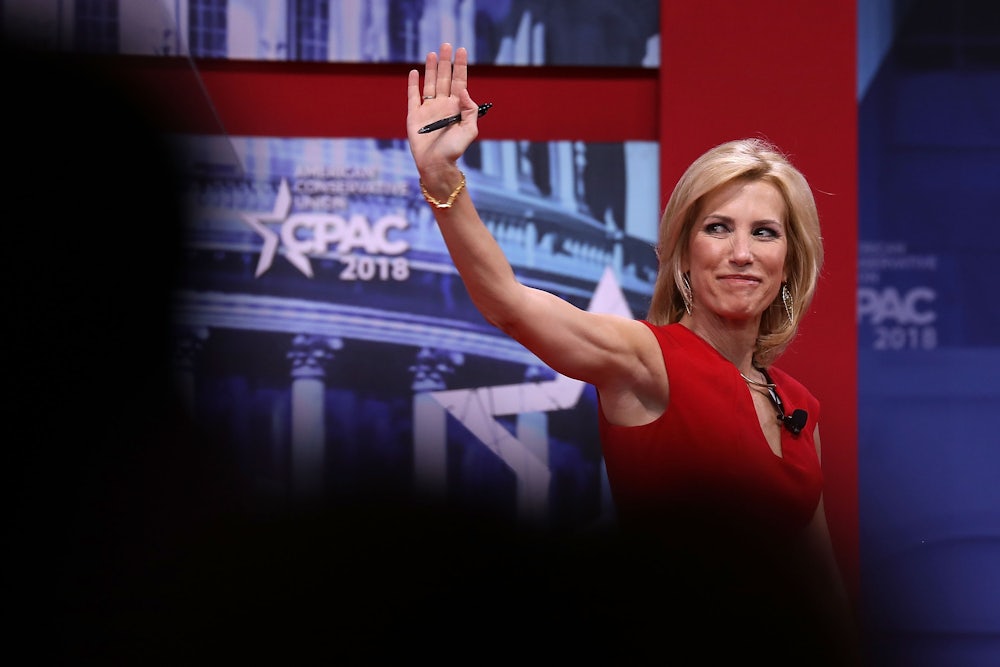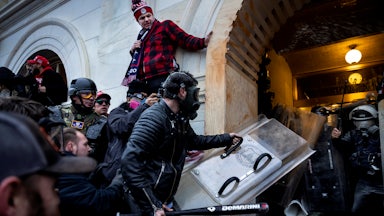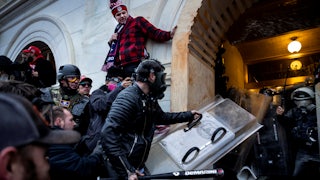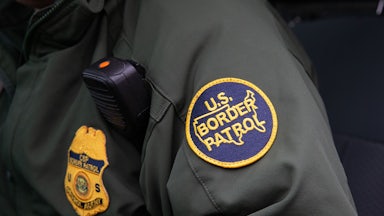With seven victims who have lost their lives and one toddler left orphaned in Highland Park, Illinois, the latest young white male mass shooter with an AR-15 rifle continues a string of tragedies that devastates and frustrates us all. Robbed of a sense of safety, many are angry at the snail’s pace of progress on rational reforms to our gun laws, despite the continuing rise of mass shootings. Robert Crimo, who has now confessed to the shooting, is alive in custody.
Meanwhile, Jayland Walker, a Black man unarmed at the time the police chased him and pumped at least 60 bullets into him, killed no one. In fact, Walker had no gun on him at the time the officers sprayed him with so much gunfire. We must not only confront this confounding reality but consider the narratives that drive this outcome.
These are seemingly unrelated events, but they both embody gun violence. And to Black people, they are related, because we have to worry about the racist white gunman, as we saw in Buffalo, New York, and the gun-wielding police officer. Worse, we have to contend with a right-wing and ideological spin-doctoring that weaves a narrative proclaiming that white, gun-wielding men are not the primary problem, but women, weed, and, well, scary Black people are. This narrative drives fear, division, and an increase in the lethal use of guns.
Laura Ingraham suggested marijuana was to blame for Crimo’s crime spree. During her Fox News monologue, she claimed we were being fed lies about weed being “fine,” after reporting of Crimo’s stoner status. She is not the only conservative media personality to push this narrative. Tucker Carlson threw marijuana into the Crimo mix in his much-covered monologue on the subject. Carlson said, “[Crimo] might not stand out because a lot of young men in America look and act like this guy … and [are] high on government-endorsed weed.” Note the clear attack on policies decriminalizing marijuana. The New York Post also took up the mantle to warn against the unknowns of full marijuana legalization.
There is some research that has suggested a causal link between very long-term use of marijuana and violence. One example is a small study of about 400 boys already in trouble with the law. About 20 of them, who smoked a lot over a 50-year period, exhibited violent behavior, while the others did not. Crimo is 21 years old, and we have no evidence that marijuana was a factor in this shooting, let alone sufficiently long-term evidence to be supported by this study even as a possibility. And, of course, none of this changes the underlying fact that the legal drug of alcohol is often abused by men who batter women and ultimately murder them. We would not accept any defense of battering based on alcohol consumption, so why would we accept weed-smoking as some form of absolution for being a mass shooter?
More insidious is the rate of police stops and even lethal shootings and allegations of marijuana possession. Black people are almost four times more likely to be arrested by police for marijuana possession than white people, despite the same rates of usage. The list of Black men killed by police officers when stopped for marijuana possession is not hard to find. Keith Lamont Scott was shot and killed by police in Charlotte, North Carolina, in 2016 in an incident that escalated because he was smoking marijuana. Ramarley Graham, killed by police in New York City in 2010, was trying to flush marijuana down a toilet.
But Carlson deserves much more scorn not for his spin-doctor deflection from guns but for something much more sinister: his concern about white male masculinity. He acknowledged, indirectly, concerns about just anybody being able to buy a gun legally, saying Crimo looks like a “nutcase.” That is a smart way to appear more reasonable. Don’t deny what is difficult to deny, although no advocate is trying to limit gun purchases based on appearance. That aside, Carlson pivots abruptly to his diversion. He claims that women are to blame for these young and angry men who turn to violence. As offensive, unsupportable, and dangerous as Carlson’s blaming women for male violence is, we should note that there is nothing new here. He has a whole documentary on the decline of masculinity. The news cycle about that documentary focused on “testicle tanning.” But that seemingly absurd talking point masked the dark implications of Carlson’s preoccupation with declining testosterone levels.
What does this have to do with guns and race? Author Ryan Busse, a former gun-industry insider, made public the gun manufacturers’ and NRA’s strategy to stoke fear among white males and to brand semiautomatic weapons as symbols of masculinity and patriotism. Men of color, particularly Black men, are generally excluded from this masculinity.
For example, in response to the police shooting of Michael Brown in Ferguson, Missouri, some right-wing media actively drove a “Black-on-Black” crime narrative in defense of Brown’s killing. There is no such phenomenon as “Black-on-Black crime”—most white murders are intraracial, but no one runs around talking about “white-on-white murder.” The “criminals will have guns” argument is a common one. And we know who the criminals are supposed to be. When Trayvon Martin’s killer, George Zimmerman, was acquitted of the teen’s murder, the defense was all about how scary and dangerous the Skittles-toting, hoodie-wearing teen was. It worked. We should not ignore the Carlson megaphone that stokes a crazy and unfounded fear that is both about white people being “replaced” by immigrants of color and the importance of guns to protect masculinity.
Black people are viewed by police as dangerous and more subject to lethal shootings by law enforcement based on this same embedded stereotype. When a white police officer shot and killed Philando Castile in his car during a routine traffic stop, Castile, a Black man, informed the officer he had a gun and a permit to carry it. The apparently terrified officer killed him anyway. But the National Rifle Association had to be shamed into making a statement about Castile’s right to carry a gun. In fact, in our history, Black people were banned from gun ownership. The Black Panther party, of course, carried guns to protect themselves from the police. There is some evidence that following the election of Donald Trump and the murder of Ahmaud Arbery in Atlanta, a Black man murdered jogging in a mostly white neighborhood, Black gun ownership jumped. This is a troubling response that arises from the refusal of society to support laws that help Black people’s safety.
If we want to be a safer society, we have to become a more racially just society. We have to be less tolerant of false masculinity, which associates guns with patriotism and patriarchy. White male masculinity is neither in danger nor defined by gun possession. We can’t control what the fearmongering extremists believe. The victims of Robert Crimo should be alive today. So should Jayland Walker. Shame on Laura Ingraham and Tucker Carlson. Shame on us if we ignore the connection.










